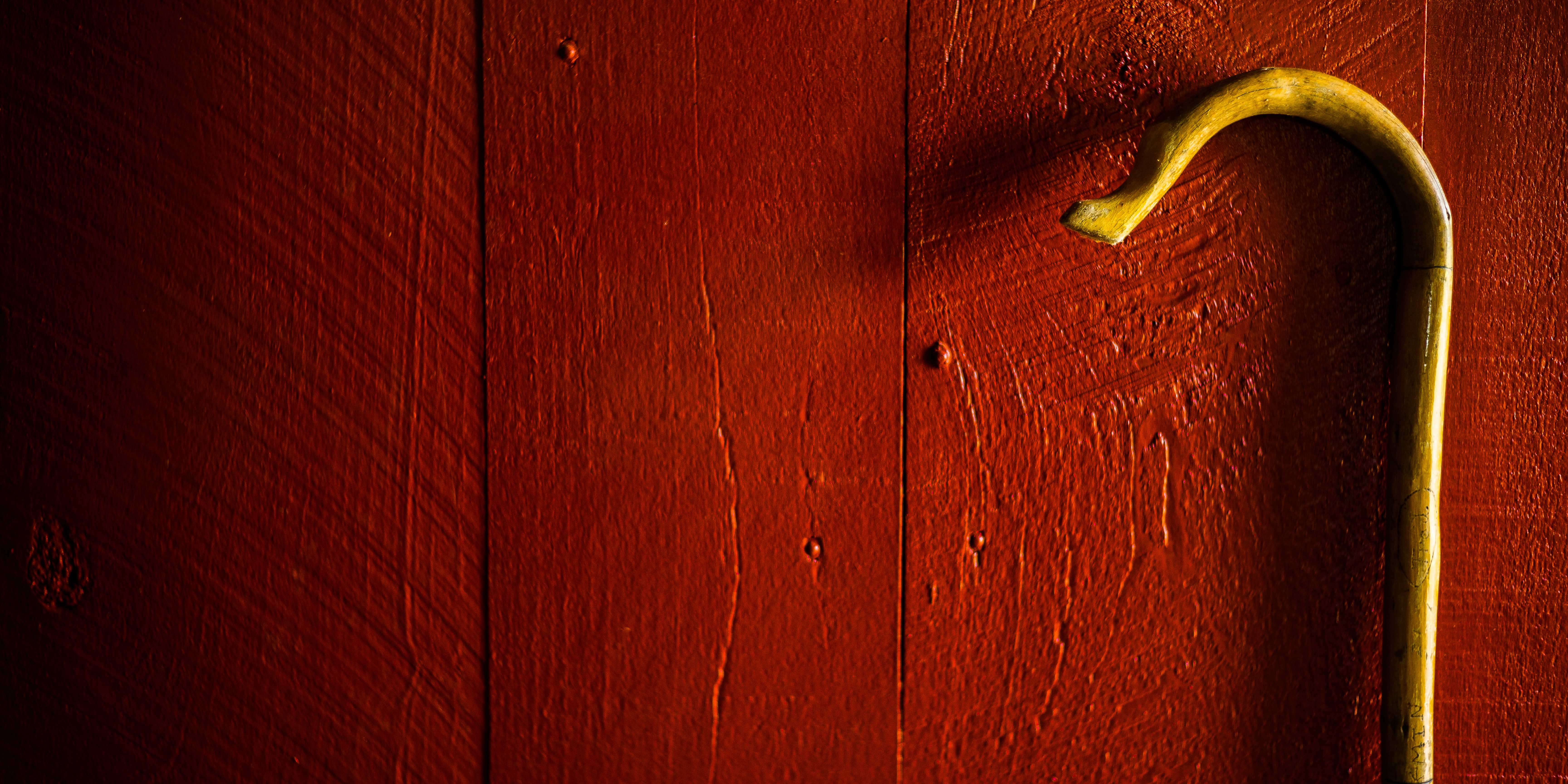Parashat Shemot

Let me tell you a story, that begins at the Beginning:
Human beings were created, as you know, on Friday, the 6th day of creation – but just before Shabbat came in, God made 10 special artefacts, objects with tremendous power, whose legacy would echo down the ages. One of them was a branch cut from the Tree of Life, fashioned into a staff, and destined to be held by Moses as a shepherd’s crook in Parashat Shemot. When Adam and Eve were exiled from the garden, Adam left Eden using the staff as a walking stick. He handed it on to Enoch, who passed it to Noah, who passed it to Shem. Shem gave it to Abraham, who gave it to Isaac, who passed it to Jacob. When Jacob was fleeing from Esau’s murderous rage, Jacob used the staff to part the Jordan and cross to the other side. When Jacob came down to Egypt, he brought his staff with him and passed it to his favourite son, Joseph. But when Joseph died, his palace was looted and the staff from the Tree of Life was taken to the palace of the Pharaoh. There it was seen by Jethro, who was one Egypt’s finest magicians, who recognised the Hebrew words carved upon it and saw that it was an artefact of great power. He desired the staff, took it from the palace and escaped to Midian. There he planted the staff in the midst of the garden of his home, and no human being was able to approach it again. Years later, Moses fled Egypt and came to Jethro’s house. He saw the staff, and read the letters – he put forth his hand and took the staff from the ground. Jethro saw Moses pulling the staff from the ground, and recognised that he would be the one to redeem Israel from Egypt, and consented for his daughter Tzipporah to become his wife.
I love this story, a chain-midrash based in part on Pirkei DeRabbi Eliezer 40:3-4, that links together the different stories of the Torah. In this tale, Moses becomes a King Arthur figure, marked for greatness by his ability to pull something from the ground that no one else could. However, while Arthur becomes King of the Britons by plucking a sword from a stone, Moses is marked as the redeemer by taking a staff off the Tree of Life from a garden. King Arthur is connected to a sword, to a stone – to death and the lifeless. Moses is connected to a staff of wood, to a garden – to life and to the living. The legendary best of British monarchs is marked by martial power, by the ability to fight, by the sign of nobility – the sword was always the weapon of the upper classes. The greatest of Israel’s prophets, by contrast, is connected to a shepherd’s crook, a symbol of how shepherds care for their flock.
Our leaders in the Bible have always been selected from the shepherds. Though some, like King David, have subsequently taken up the sword, he was chosen as a shepherd. Israelite leaders, Jewish leaders, while they may need to fight, should first and foremost be people who care for those less fortunate, who take care of the most vulnerable in society.
This is the challenge for all of us, the legacy we have to live up to. The Torah tells us that we are not measured by our strength, by our martial prowess, but rather by how we care for the powerless, how we address issues of justice in our society, how we care for refugees, for the homeless, for the destitute. It is “not by might, and not by power” but by the divine spirit that we will be judged.




